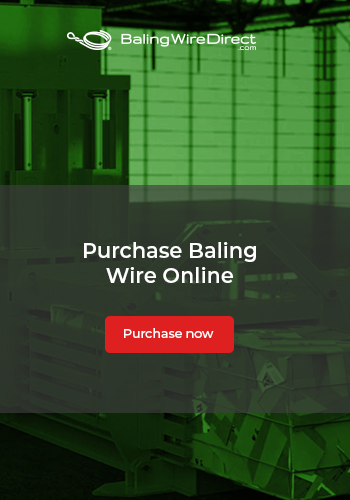The Best Conveyors for the Food Industry
Food industry conveyor systems are an integral component for any food processing plant to run successfully. This is particularly the case when it comes to the current state of the food and beverage industry.
After all, production rates are continually going up – and the demand for more and more products to roll off the production line each minute isn’t going to slow down any time soon. This means food industry conveyor systems need to be both rapid and flexible to keep pace and ensure production rates are maximized.
Why are food industry conveyor systems required?
Rather than relying on manual labor to move around large amounts of produce, a conveyor food processing system can do the job at a much faster – and cost-efficient – rate. There’s a reason why mechanical conveyor belts are known as the workhorses in the food processing industry.
The conveyors can take on various forms and sizes. They can be vertical, inclined, or horizontal, and they can be installed virtually anywhere. In addition, food industry conveyor systems can transport loads of all weights, sizes, and shapes. This isn’t just convenient, but it also provides additional safety for those running a food processing company.
Below are some examples of how a conveyor food processing system is used:
· Transporting raw, fresh items into other storage devices or silos.
· Taking these items and placing them in the production line for batching, mixing, and processing.
· Transporting the finished product ready for food packaging.
· Taking the packed products and transporting them to shipping.
What are the best food industry conveyor systems available?
At present, there are over 80 conveyor types that are approved for process industries by the Conveyor Equipment Manufacturers Association. Although it is positive there are so many conveyors available for food processing, it also creates confusion for those in the market to purchase this equipment.
With that said, all conveyors feature the same main components such as a belt, drive mechanism, motor controller, and support structure. These are standard inclusions for any conveyor system. However, there’s one significant difference between food industry conveyor systems and other options: they have to meet sanitary design principles.
Conveyor food processing systems, like all food production equipment, need to meet FDA regulations. This means food-grade conveyors require qualities such as being corrosion-resistant and installed for easy cleaning.
As for the best food industry conveyor systems, here are common options:
· Belt: When it comes to conveyor food processing, belt conveyors are arguably the most common choice. This is due to their versatility, continuous smooth surface, durability, and other positive aspects.
· Vibratory: When food industry conveyor systems require an increased demand for wash down, sanitation, and low maintenance, a vibratory conveyor is often selected.
· Screw: Often constructed with stainless steel, screw conveyors utilize a rotating helical screw to move granular or liquid materials within a tube.
· Flexible screw: The difference here is that the screw conveyor can be curved and manipulated to an extent, meaning it can be directed around obstacles.
When companies require help with their food industry conveyor systems, Fluent Conveyors is here to help. Make sure to get in touch if you need assistance.



